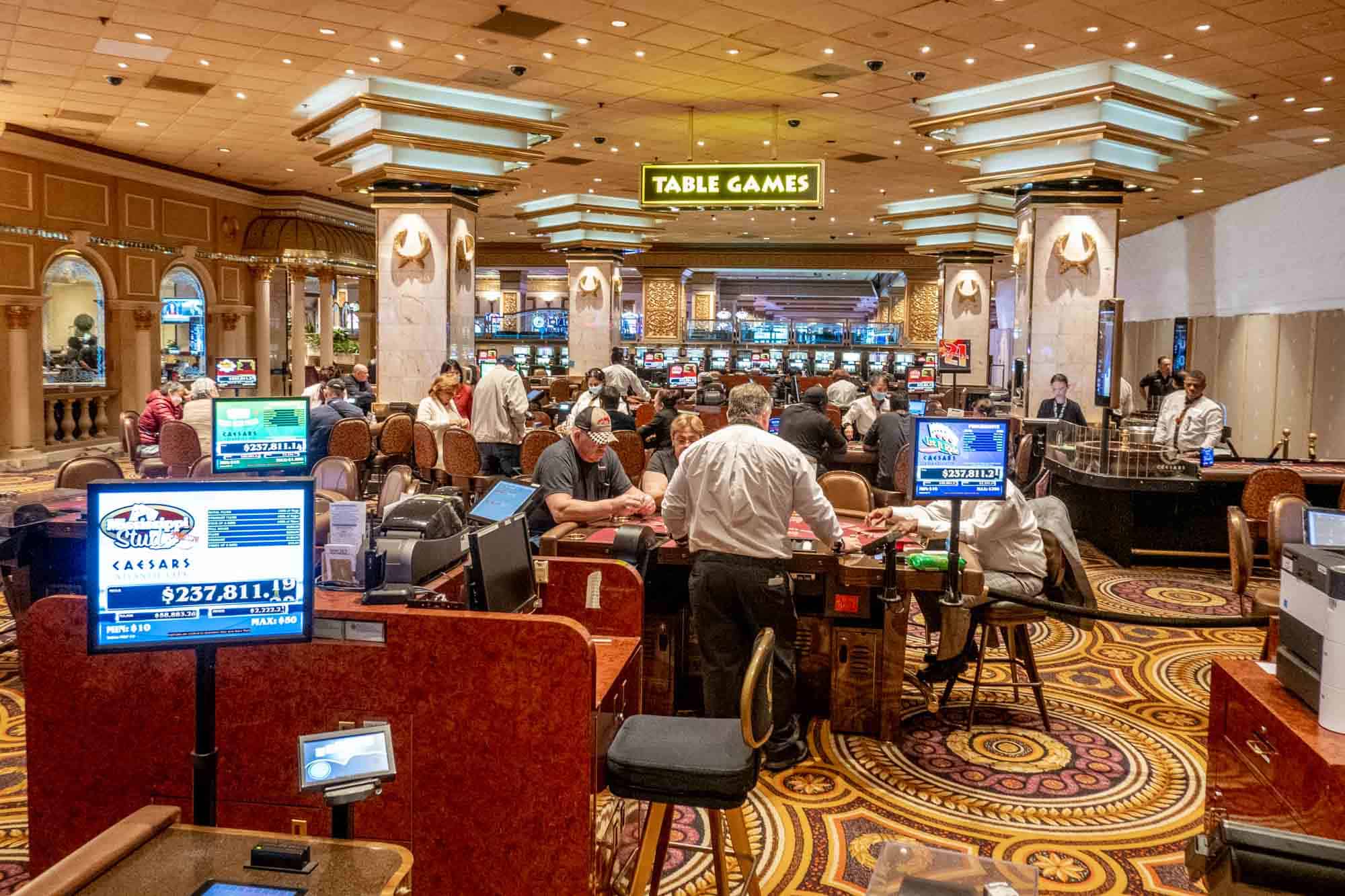
Casino games have long captivated people’s attention, drawing gamblers into a universe filled with chance, planning, and the allure of adventure. Each activity is carefully crafted not just for entertainment, but also to evoke targeted emotional responses that keep gamblers involved and invested. Understanding the motivations behind these designs reveals much about how psychology plays a vital role in the gaming experience.
From the bright lights and vibrant sounds to the intricate layering of rules and rewards, casino games are designed to create an atmosphere of excitement and expectation. Game designers leverage mental cues to influence participant behavior, whether through the use of winning opportunities, close-call situations, or community engagement. By examining these factors, we can better appreciate how casino games fulfill not just a desire for entertainment, but more profound psychological needs for adventure and risk.
Understanding Player Actions
Casino games are designed with a thorough comprehension of player psyche, which is vital for drawing in and holding players. The excitement of the game, alongside the expectation of winning, establishes a powerful attraction. Game designers make use of elements like audio cues, vibrant graphics, and immersive gameplay to capture attention and evoke emotional responses. These sensory effects enhance the immersive experience, making players feel more invested in the game.
Another notable aspect of player behavior is the notion of risk and reward. Casino games often weigh high-stakes situations with the potential for substantial rewards, which can cause the event known as near-miss phenomenon. When players come close to winning, the brain secretes dopamine, strengthening their behavior and encouraging them to keep playing in search of that fleeting win. This cycle of wish and frustration plays a crucial role in how games are designed and promoted.
Lastly, community aspects also play a pivotal role in player behavior at casinos. Many games are made to be played in groups or alongside other players, creating a sense of community and shared experience. The community engagement inherent in games like poker enhances enjoyment and can culminate in extended gameplay. Designers leverage on this by designing environments that prompt players to linger, socialize, and come back, making the overall casino experience more attractive.
The Role of Visuals and Audio
Imagery and sound play a crucial role in improving the player’s experience within casino games. Designers utilize vibrant colors, striking graphics, and engaging animations to capture players’ attention and sustain their interest. The use of motifs, such as adventure or luxury, helps create an immersive atmosphere that transports players into a different world. By connecting to the senses, these elements contribute to a heightened emotional response, prompting players to engage more profoundly with the games.
Sound design is just as important in reinforcing the overall experience of casino games. The combination of background music, sound effects for successful combinations, and environmental noises creates an auditory landscape that keeps players fascinated. Sounds associated with victories, such as ringing bells or festive music, evoke feelings of excitement and reward, encouraging players to keep playing. These sound cues are carefully placed to enhance the thrill of the game and create a more engaging experience.
Additionally, the alignment of imagery and audio is important for supporting the game’s overall theme and atmosphere. Each element should coordinate harmoniously to create a unified experience that pulls players in. The effective use of this integration not only enhances user satisfaction but also increases the likelihood of repeat play, as players become more engaged in the captivating world that the casino games offer. This thoughtful integration of visuals and sound ultimately enhances player engagement and commitment.
Incentive Systems and Participation
The creation of gambling experiences significantly depends on incentive structures to ensure players engaged and returning for additional experiences. These systems are rooted in psychological principles that exploit human behavior and motivation. Players are often driven by the excitement of success, which is supported by instant responses through the game structure’s design. This prompt satisfaction not just improves the gaming experience but also cultivates a feeling of achievement, prompting participants to keep playing in hopes of bigger gains.
Casinos adopt various incentive systems, including jackpots, bonuses, and multipliers, to engage participants. These elements create a level of excitement that sustains interest. Additionally, the randomness of results plays a significant role in keeping interest. BET88 The variable reward system, where successes are random but happen often enough, keeps players on edge and driven to continue participating. This cycle of hope and anticipation is essential to the success of casino games.
In addition, community aspects, such as tournaments and collaborative options, boost the engagement factor by tapping into the competitive nature of participants. The communal aspect of playing with fellow participants can amplify the excitement of winning and create a community atmosphere within the casino. By combining these community elements with efficient incentive structures, casino games not only offer entertainment but also nurture a stronger bond among players, reinforcing their commitment to the gaming experience.
